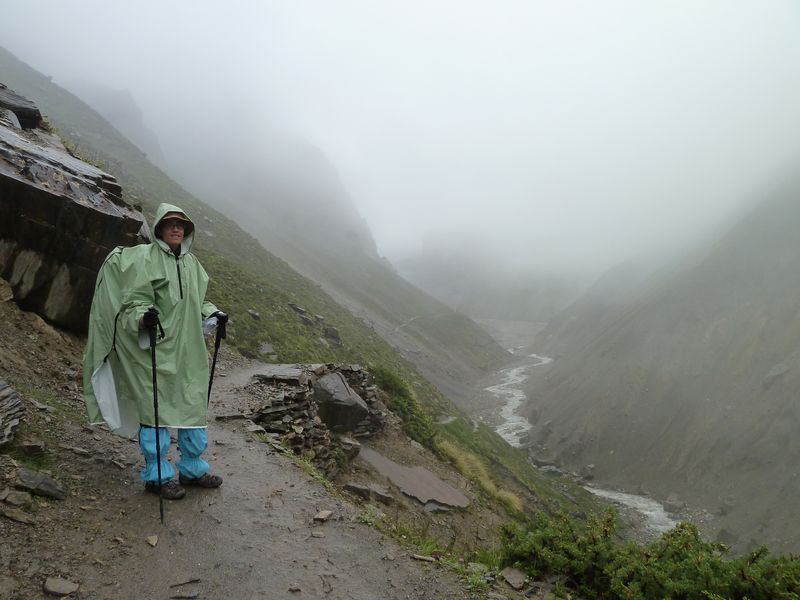
Thorung Phedi village is the last stop before the dreadful Thorung La pass, the highest pass in the world (+5415 meters above see level).
Everybody has to go trough this pass, and so when the night falls, several nervous trekkers from all around the world share their dinner : 5 French, 2 Spanish, a Spanish and Australian couple, 2 Malaysian, some Nepali doctors … All are interesting people, ll like to travel off the beaten path, and they have to to trek here during the worst season. The last 2 days of rain haven’t shaken the good spirits, but the last 2 big-flake snowing hours did.
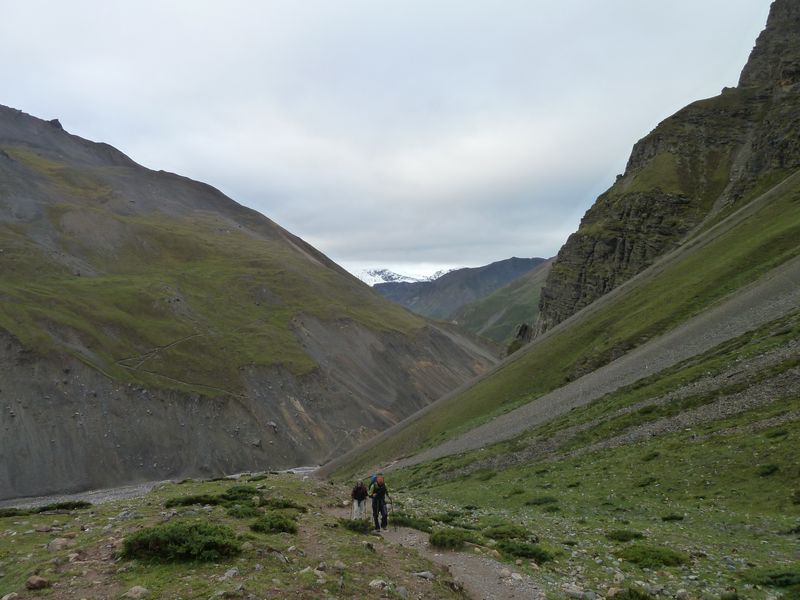
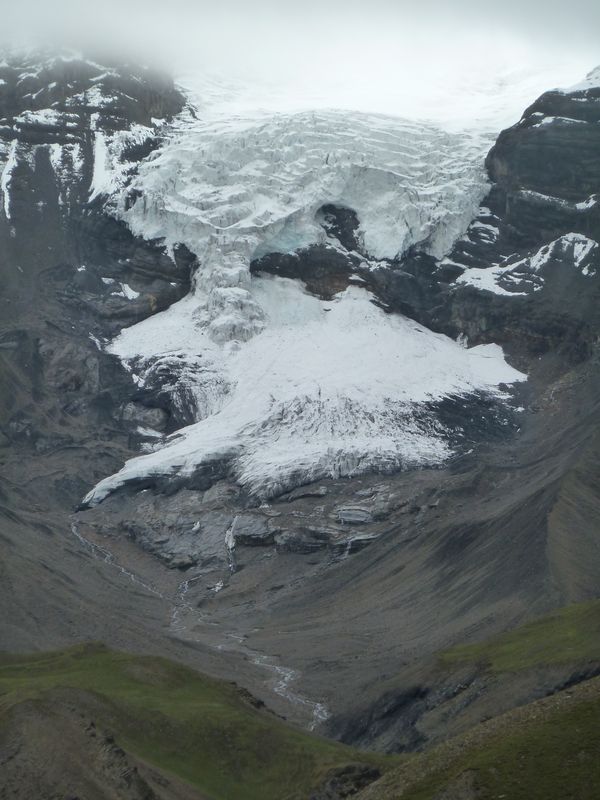
We start in the morning at 5.30 with our 2 Spanish friends Isa and Mano. We have to climb 1000 meters up , then climb 1600meters down, all of this in one (long) day !
We all fear altitude sickness which could force us to give up.
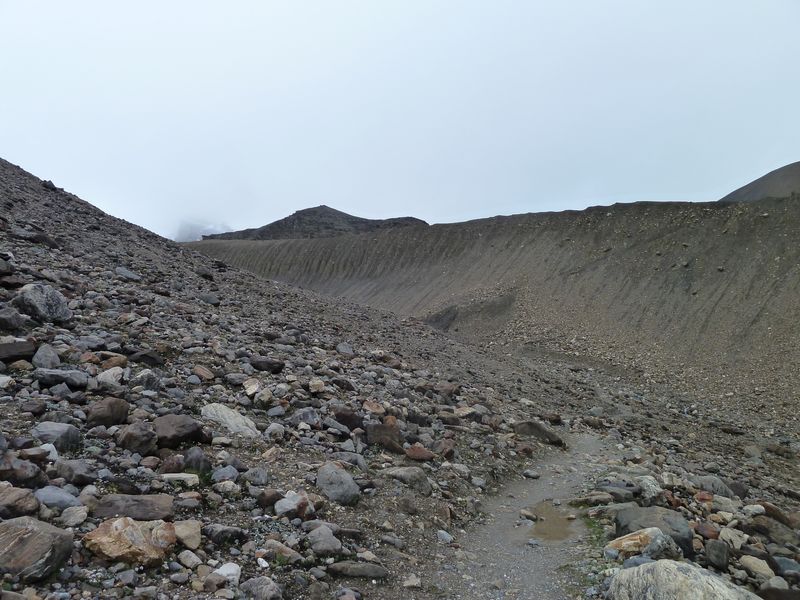
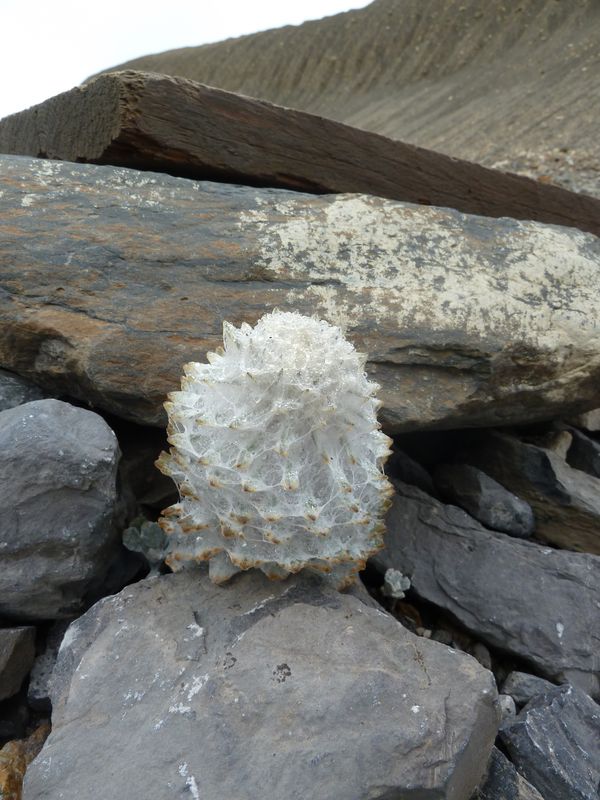
At 5400 meters a.s.l. there is approximatively 2 times less oxygen in the air. So a very calm walk in Paris (hearth rate around 100 ppm) would be here the worst effort of your life (hearth rate around 200 ppm).
Fortunately you body adapts without any common sense : People in their 40’s are more prepared than people in their 20’s, women and men suffer the same, and smokers don’t look to be penalized. Curiously enough, a marathon runner could have more difficulties than a classic desk job worker.
The worst of it is that the lack of oxygen affect every cell in your body, so consequences are diverse (in bold, those we have experimented) : dizziness, tiredness, nausea, headache, loss of coordination, cough, … death.
You have to be adapted, like the young Nepali from the surroundings who overtakes us half running (with sleepers)!
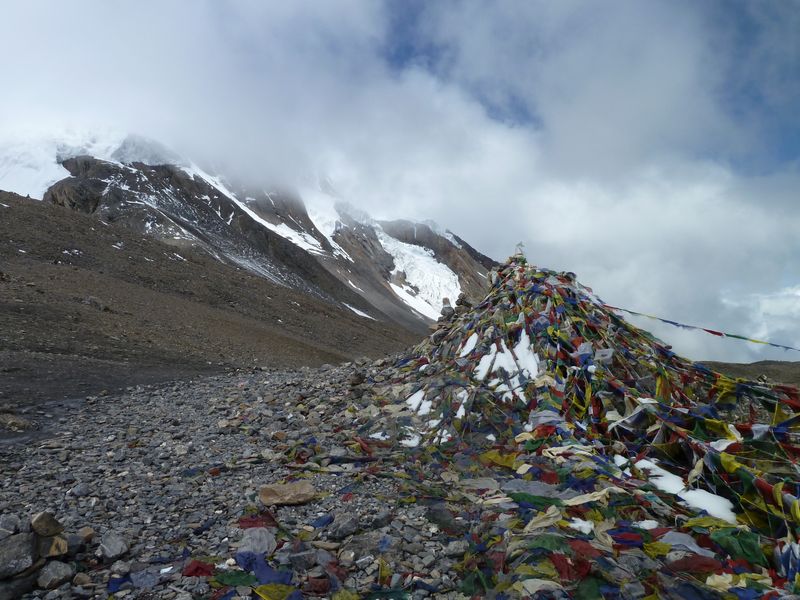
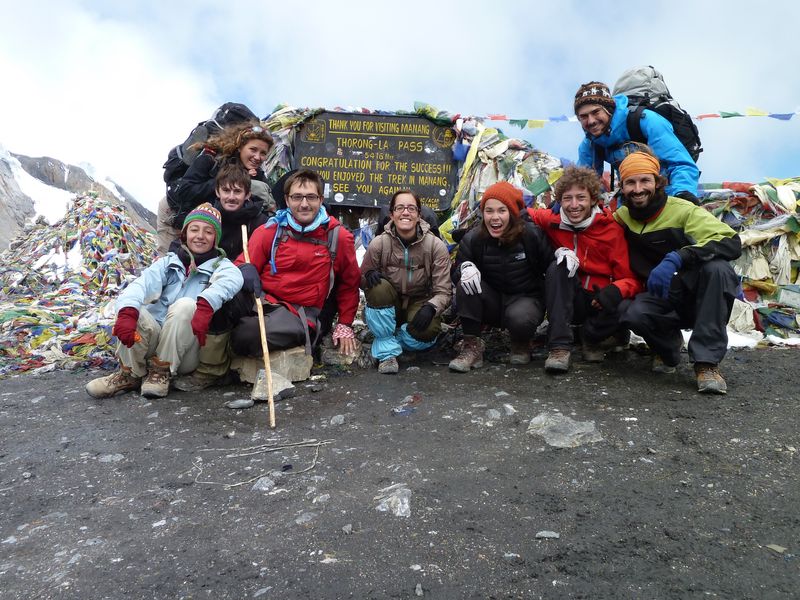
After 4 hours and 2 grammes of aspirins, we arrive to Thorung La pass. Views on blue glaciers and sharp peaks are magnificent. The pass is decorated by thousands of prayer flags, some patch of snow whiten the desolated surroundings.
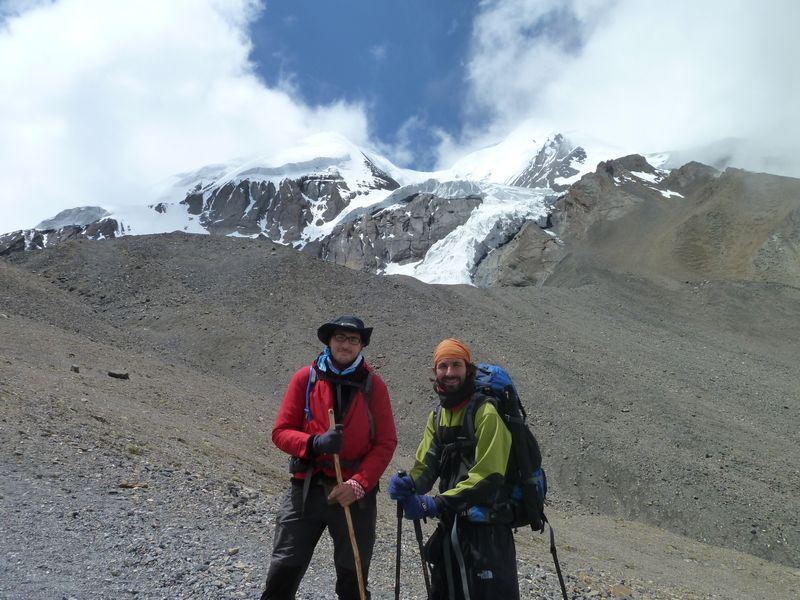
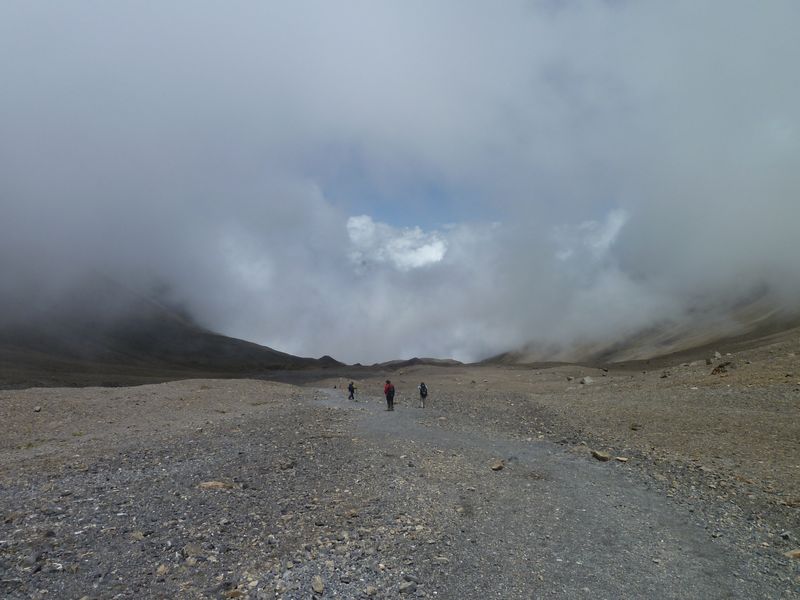
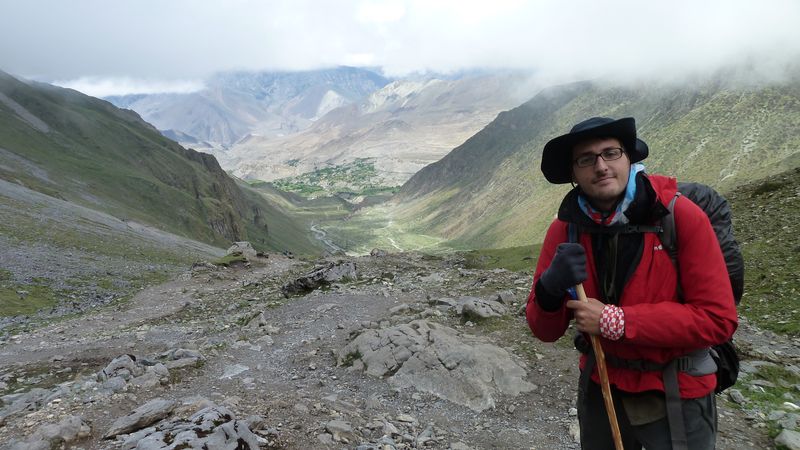
Then begins the descent in a new valley, more open and much more wide, until Muktinath, a sacred village for Hinduism and Buddhism. A lots of Indian pilgrims come a long way to pray in front of the everlasting flame of the main temple. It is a flame fed by natural gas, surrounded by about 100 sacred fountains.
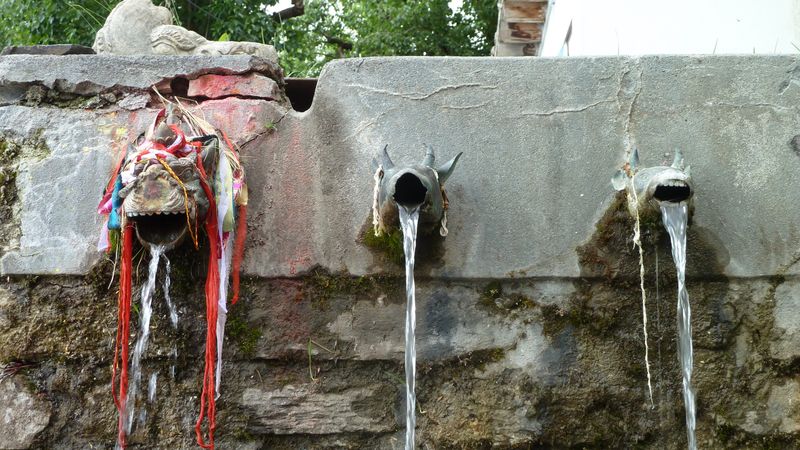
Not far away a giant prayer wheel is perpetually spinned by a little stream. In this temple you can also pay monks to say prayers for you during several months or years, good for your karma they say.
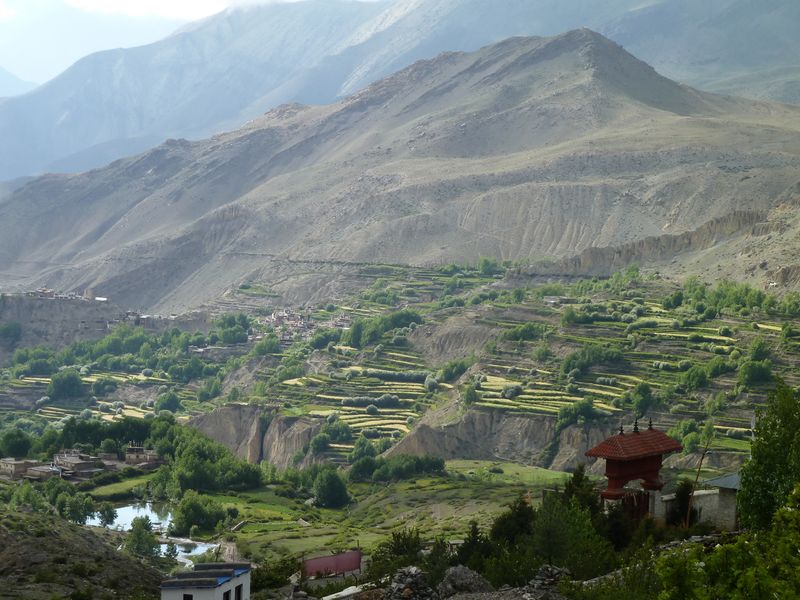
But above all Muktinath is liked by a rough rode to the Nepali road network. So it is symbolically the end of the adventure and remoteness when we see the first motor bike.
Well, during the Monsoon, going from Muktinath to Katmandu would use at least 6 different vehicles because each time their is a serious landslide area, you have to get out, walk the blocked part, then find another vehicle.
Anyway it is not significantly slower to walk, and certainly less dangerous. And so we discovered very nice landscape carved by the powerful river down in the valley. Its stony bed is full of fossils and it is fed by waterfall.
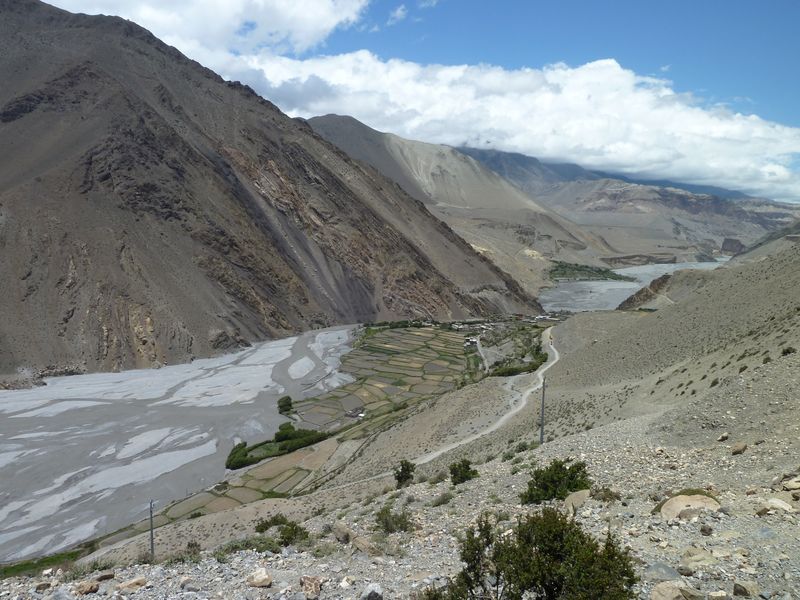
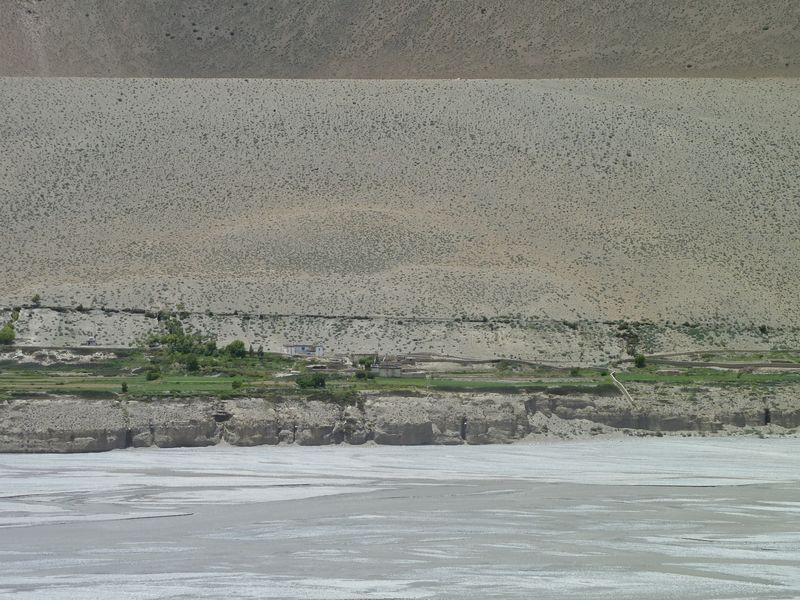
The mountains stand out against clouds and look like if they were flying, as in a Myasaki film.
We turn on the road, and the wind is so strong that it stops us.
Jomsom is the biggest village this side of the pass, laying on the two sides of the river, with its airport (also hardly usable during the Monsoon).
Inhabitants of Jomsom have created a very clever system to make easy money : they created a “tourist price” which is always the double of the normal price. So we are forced to continue walking, along the river in a very green surroundings.
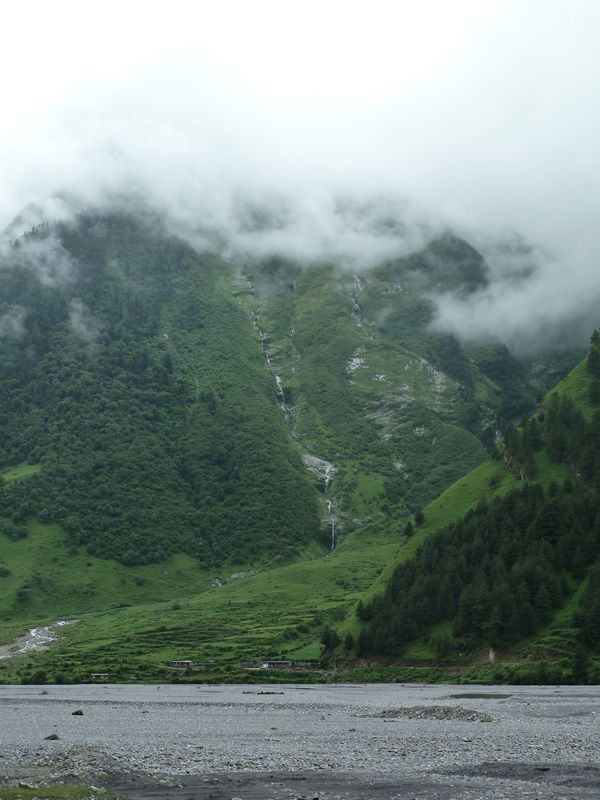
From suspension bridges to hidden villages, we arrive to Ghasa, a village that everybody in the valley has to hate. Every year, from beginning to ending of the rainy season the road is covered by mud and stones over several kilometers. Impossible to pass with a 4 wheel or even walking!
And so all the supply for the valley have to be carried by porters along circuitous paths lost in luxuriant vegetation and impressive sheer drops.
We are walking the last 2 hours of our trek, but the adventure is far from being finished.
After Ghasa the road is good enough to allow buses to pass, barely.. The travel is punctuated by obstacles and mud pools. But above all, do not look on the wrong side, where the bus wheels passes centimeters away from the slope, on the road roughly mad of pressed down landslides.
It is even worse for the numerous people on the roof, as the bus takes big angles at time.
Luckily some Nepali people in the bus pray during the whole journey, which most certainly save us from a dreadful death and makes us arrived safely to Beni, with all rag-bags the people carry.
After Beni it is unoriginal : crowded buses, night arrival, negotiation for a room (with running hot water, an incredible luxe), and a phenomenal washing.
Here we are, back to he civilization and its comfort, nevertheless delighted by this incredible and unique trek.
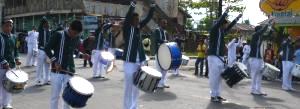
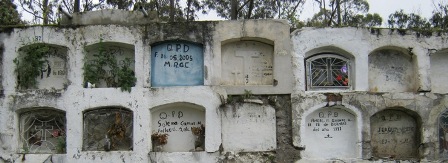








Coucou tous les 2…..quelle aventure magnifique! Nous avons toujours la chaire de poule en lisant vos reportages !
Photos sublimes…récits vivants, bravo de nous faire vivre vos émotions.
Bisous et BRAVO !
LOLO
Coucou, ce trek etait certainement un grand moment, que nous pourrons bientot vous raconter en personne ! Gros bisous a toute la famille =)
J’aime ces 3 reportages, la veritable aventure humaine qu’ils retracent avec justesse et modestie, et aussi le sentiment que le majestueux et terrible toit du monde a bien voulu – magnanime cette fois – recevoir chez lui la jeunesse / genèse du Monde. Quelle belle et grande rencontre…
Quand je pense que j’ai fait ce trek en 99 (j’avais 52 ans!)avec pour seule aide le parapluie acheté à Kathmandu pour me protéger de la mousson et une équipe formidable de sherpas qui entourait notre groupe de 8 français.
Il y avait alors, vivant dans la grotte de Milarepa un couple d’ermites ( 83 et 81 ans). Nous avons eu droit à une bénédiction : est-ce pour cette raison que la montée au Thorong pass s’est effectuée sans aucun problème ?
J’ai bien aimé votre reportage. Je reviens d’un autre trek au Népal pour rendre visite aux villageois du canton de Reegaon, que nous aidons depuis tant d’années et qui ont besoin de nous après le séisme. J’espère que vous pensez à eux.